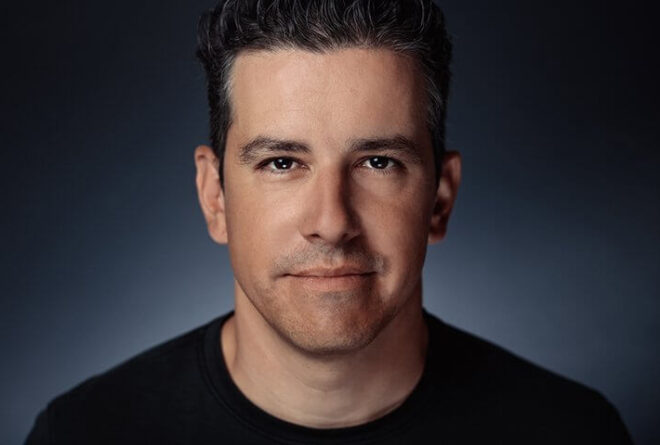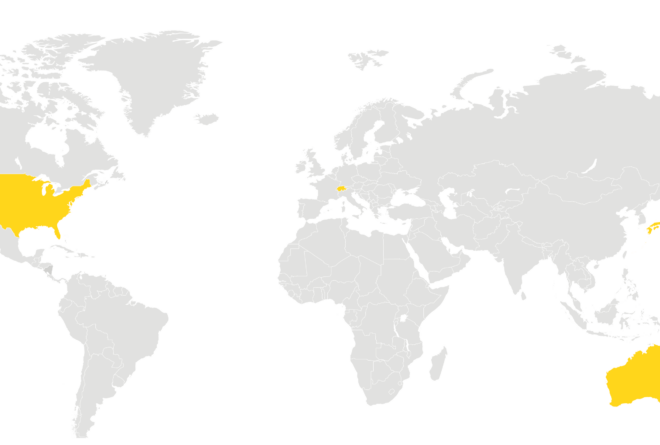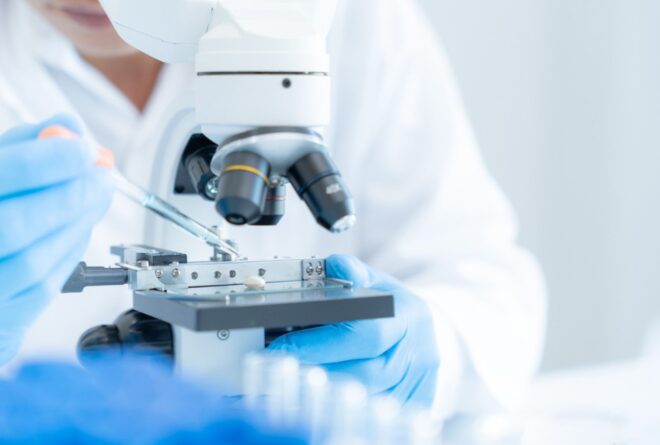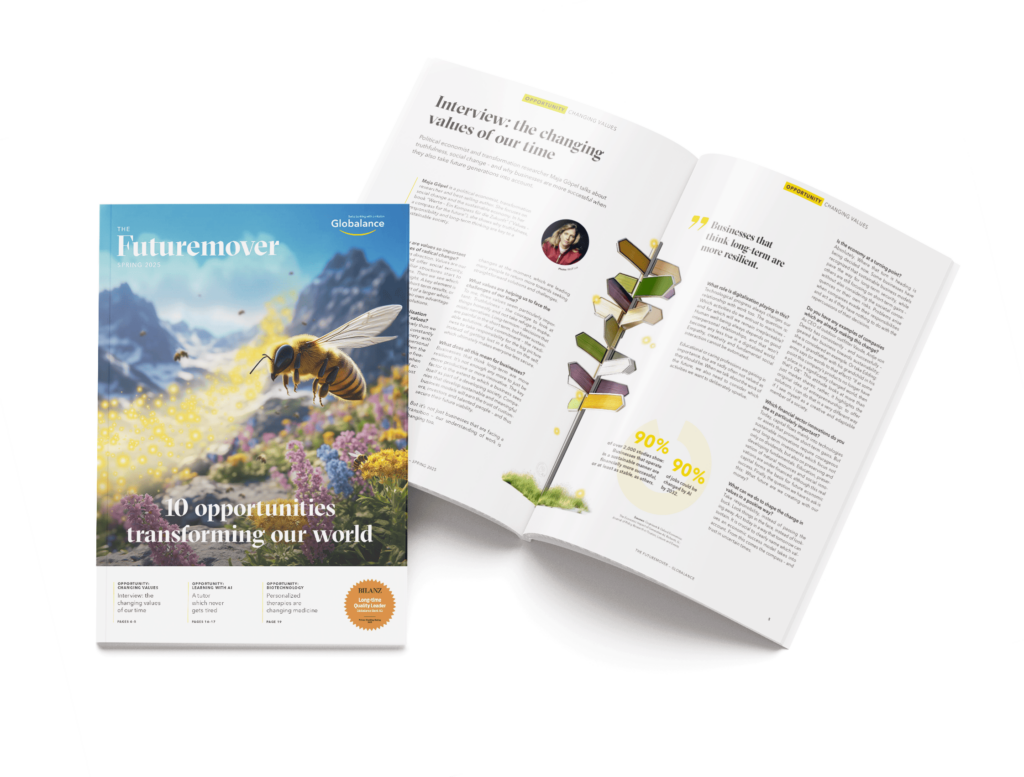News & Trends
The Time Traveler’s Guide to the Economy

Tomorrow is Little like Today and Nothing like Yesterday
If we were to send out a time traveler – let’s call her Pia – we could probably understand the changes in the economy more easily. It’s no longer a secret that the economy has changed fundamentally in the recent past. Travelling 10 years into the past, Pia will find that some of the companies with the highest stock market value she knows from today are nowhere to be seen.
Not even listed at the time, they are now scratching and cracking the US$ 1 trillion valuation mark – thanks to completely new forms of organisation and revenue generation. Uber doesn’t actually own any its own fleet of vehicles, Airbnb doesn’t have hotels and Facebook doesn’t produce content. Apple’s intangible capital comes from intellectual property, value chains and brand management, for example. The beauty of this is that intangible processes can be expanded at minimal additional cost, are almost infinitely scalable, and can be developed into new business models, creating great potential synergies. Pia buys the newspaper in 1975 and reads in the financial section that 83 percent of the company’s value consists of machinery and other tangible assets. Today, it’s the other way around: 90 percent of a company’s value is intangible. In the same article, Pia also reads that the average lifespan of listed companies has halved from 34 to 17 years in this period. Today, investors have to rethink where they put their money – the world has changed.
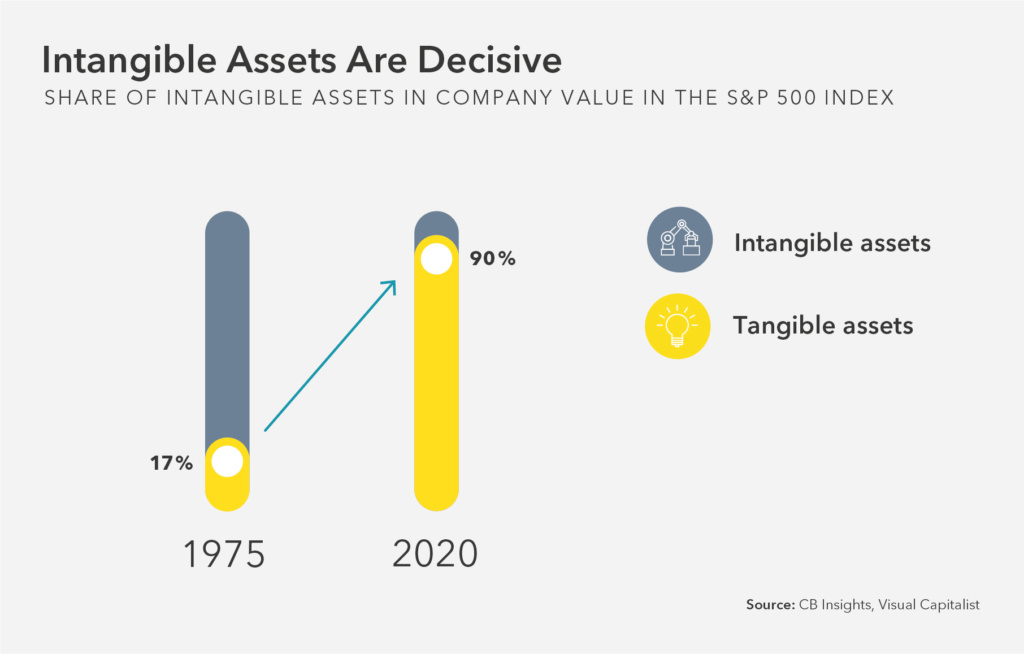
«The Great Reset»
The World Economic Forum (WEF) is calling for an economic reset for a more sustainable and resilient future. In its view, the coronavirus pandemic provides a good opportunity to reorient the global economy. But were these winds of change not already felt some time before anybody even heard of COVID? If we were to let Pia skip the pandemic, she would probably be in a far better position to see this as the continuation of a long process. The crisis didn’t start this ball rolling, but it did accelerate it considerably. Companies that had been “sleeping at the wheel” in recent years have now been rudely awakened. Others, however, had already set their sails in the direction of future viability long before, calculated the direction of the wind of digital progress and untied the lines tethering them to the old world.
For example, some manufacturers of building materials are already much more innovative than is often assumed. They are increasingly developing technologically sophisticated solutions that make their industry greener and more sustainable. STEICO, for example, is completely dedicated to the production of ecological wood construction systems and insulation solutions for facades and roofs – ideally equipped for the trend toward energy-efficient renovation. The Japanese company Taisei was also particularly inventive, developing a concrete that absorbs more carbon dioxide than is generated during production – a negative carbon footprint for a production that was previously responsible for eight percent of global emissions. With tomorrow’s ideas in tow, the necessary transparency on board and an eye on nature, companies are moving towards a better future while fulfilling their responsibilities towards society and the environment. Not so much a new start, but rather a takeoff for the futuremovers.
Quantum Leaps as Far as the Eye Can See
While nanotechnologists are giving materials improved properties, progress in using hydrogen as an energy source is being accelerated, neuromorphic chips enable artificial sight and smell, and Elon Musk is bringing new momentum to space travel, TRUMPF and SICK are also turning the technology wheel together. The laser specialist and the sensor manufacturer are making common cause in the field of quantum sensors. Until now, this field has been the purview of researchers and science fiction writers, but soon industry will also be able to partake in the exciting possibilities it holds. Initial successful tests have shown that the sensor can measure particles that are a fifth of a micrometer in size – 200 times smaller than a human hair. This sensor can be used in the pharmaceutical industry for example to determine the ideal composition of tablet powder or in the monitoring of dust limits in subways. The start-up Q.ANT, which is part of TRUMPF, is also looking at other possible uses for quantum technology and hopes to have created a tiny device for measuring brain waves in as little as five years, which will make it possible to control electronic devices with one’s own thoughts. The exponential growth of burgeoning possibilities is difficult for us humans to grasp, but channeled correctly, it can make many things easier for us in the future.
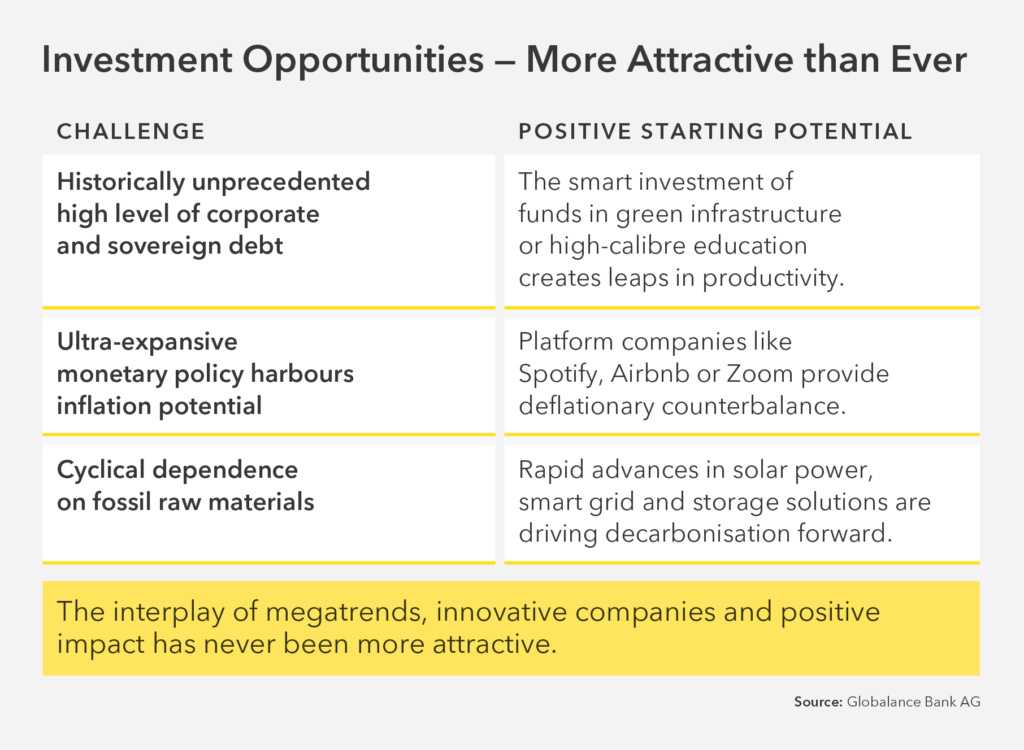
Pure Intentions
The young company ECOFARIO wants to remove microplastics from water bodies with its plastic filter “High-G-Separator”. After a prototype, the first pilot plant is now in operation and achieving remarkable results. While still in the treatment plant, the contaminated wastewater is rotated through the filter with power equivalent to 2,000 Gs – residues from detergents and other household products are thus prevented from entering rivers, lakes and streams. In just one pass, more than 84 percent of the particles can already be filtered out, and another pass raises this value to 95 percent.
A nice side effect: drug residues, toxins and hormones are also removed from the water via microplastic. ECOFARIO intends to start series production at the end of the year – nature will be happy and Pia will hopefully have another success story to announce in ten years.
